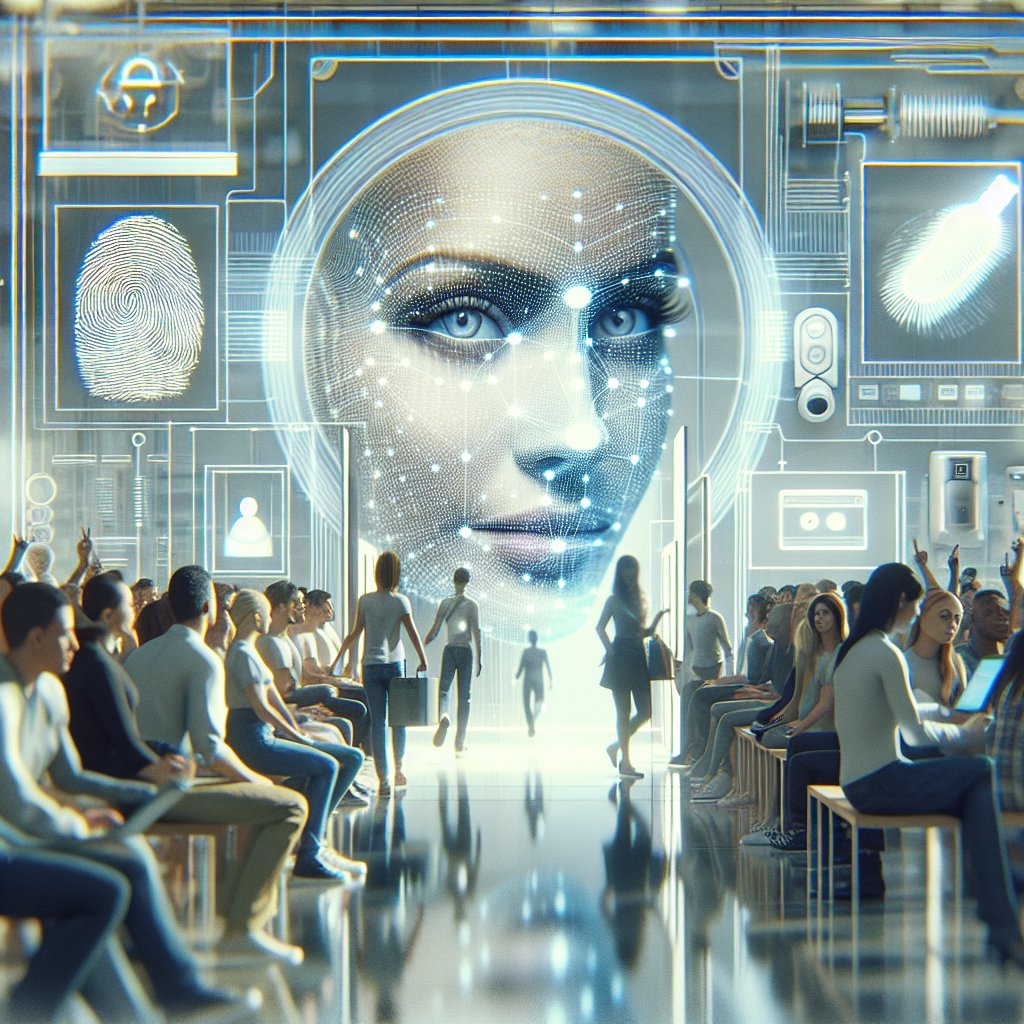The future of biometric authentication in security is poised to revolutionize the way we protect our personal and sensitive information. As technology continues to advance, the methods we use to verify identity are becoming more sophisticated, reliable, and user-friendly. This article explores the current landscape of biometric authentication, its potential future developments, and the implications for security across various sectors.
Current State of Biometric Authentication
Biometric authentication refers to the use of unique biological characteristics to verify an individual’s identity. This can include fingerprints, facial recognition, iris scans, voice recognition, and even behavioral biometrics such as typing patterns. The adoption of biometric systems has grown significantly in recent years, driven by the need for enhanced security measures in an increasingly digital world.
Types of Biometric Authentication
- Fingerprint Recognition: One of the most widely used forms of biometric authentication, fingerprint recognition relies on the unique patterns found on an individual’s fingertips. This technology is commonly used in smartphones, laptops, and security systems.
- Facial Recognition: This method analyzes facial features and compares them to a database of known faces. It has gained popularity in various applications, from unlocking devices to surveillance in public spaces.
- Iris Recognition: Iris recognition involves scanning the unique patterns in the colored part of the eye. This method is highly accurate and is often used in high-security environments.
- Voice Recognition: By analyzing vocal characteristics, voice recognition systems can authenticate users based on their speech patterns. This technology is increasingly used in customer service applications and smart home devices.
- Behavioral Biometrics: This emerging field focuses on analyzing patterns in user behavior, such as typing speed and mouse movements, to create a unique profile for authentication.
Advantages of Biometric Authentication
Biometric authentication offers several advantages over traditional methods such as passwords and PINs. Some of the key benefits include:
- Enhanced Security: Biometric traits are unique to each individual, making it difficult for unauthorized users to gain access.
- User Convenience: Users do not need to remember complex passwords or carry physical tokens, as biometric systems can provide quick and easy access.
- Reduced Fraud: The use of biometrics can significantly reduce the risk of identity theft and fraud, as it is challenging to replicate biological traits.
The Future of Biometric Authentication
As technology continues to evolve, the future of biometric authentication looks promising. Several trends and advancements are expected to shape the landscape of security in the coming years.
Integration with Artificial Intelligence
Artificial intelligence (AI) is set to play a crucial role in the future of biometric authentication. AI algorithms can enhance the accuracy and efficiency of biometric systems by learning from vast amounts of data. For instance, AI can improve facial recognition technology by adapting to changes in appearance, such as aging or changes in hairstyle. Additionally, AI can help identify and mitigate potential security threats by analyzing patterns and anomalies in biometric data.
Multi-Factor Biometric Authentication
To further enhance security, the future may see the rise of multi-factor biometric authentication systems. These systems combine multiple biometric traits, such as fingerprint and facial recognition, to create a more robust authentication process. By requiring multiple forms of verification, organizations can significantly reduce the risk of unauthorized access.
Privacy and Ethical Considerations
As biometric authentication becomes more prevalent, concerns regarding privacy and ethical implications will need to be addressed. The collection and storage of biometric data raise questions about consent, data security, and potential misuse. Organizations must implement stringent data protection measures and ensure transparency in how biometric information is used. Additionally, regulations may evolve to govern the use of biometric authentication, balancing security needs with individual privacy rights.
Biometric Authentication in Various Sectors
The future of biometric authentication will likely see its application across various sectors, each with unique requirements and challenges.
- Financial Services: Banks and financial institutions are increasingly adopting biometric authentication to enhance security for online transactions and account access. This trend is expected to continue, with innovations such as voice recognition for customer service calls.
- Healthcare: Biometric systems can streamline patient identification and access to medical records, improving both security and efficiency in healthcare settings.
- Travel and Transportation: Airports and border control agencies are implementing biometric systems to expedite passenger processing and enhance security. Future developments may include seamless travel experiences through biometric identification.
- Workplace Security: Organizations are adopting biometric authentication for employee access to secure areas and systems, reducing the risk of unauthorized entry.
Conclusion
The future of biometric authentication in security is bright, with advancements in technology promising to enhance both security and user experience. As organizations continue to adopt biometric systems, it is essential to address privacy and ethical considerations to ensure that these technologies are used responsibly. With the right balance of innovation and regulation, biometric authentication has the potential to transform the way we secure our identities and sensitive information in an increasingly digital world.




